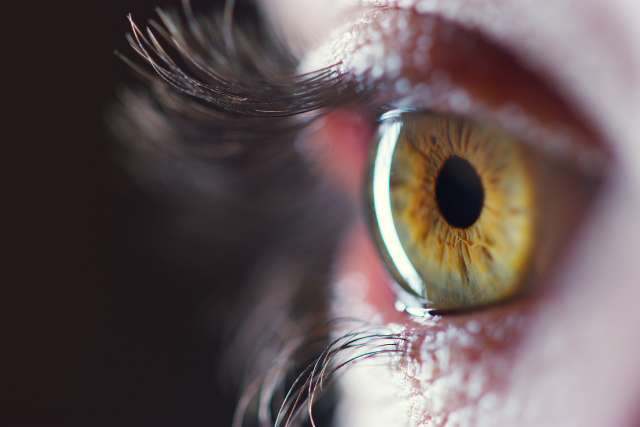Dear Doctors: Can you please talk about hereditary optic neuropathy? I'm the fifth generation in my family to have it, and my daughter has now been diagnosed as well. I would like to know about any recent research into this condition. Is there any chance that we are near to having a cure?
Dear Reader: The full name of the condition, which includes the name of the ophthalmologist who identified it as a diagnosis in 1871, is Leber's hereditary optic neuropathy. Often shortened to LHON, it is a form of sudden vision loss. It is categorized as a rare disease and affects approximately 1 in 50,000 people.
As the name states, LHON is an inherited condition. It is also a mitochondrial disease. That means that the mutations in the genetic code that can cause this disease to develop are passed along by the mother. Males do not transmit their mitochondrial genome to their offspring.
The data shows that about half of males and up to one-fifth of females who inherit this mutation will go on to develop symptoms. These usually appear between the ages of 15 and 35. Children as young as 2 and adults in their 80s have been diagnosed with the onset of the disease, but this is rare.
In its earliest stages, LHON causes blurred or cloudy vision that eventually affects both eyes. As the disease progresses, central vision is increasingly lost. It's due to central vision that you can clearly distinguish shapes, colors and visual details, which makes it possible to read, drive and recognize objects and faces. Over time, some people with LHON become legally blind.
Vision loss occurs because in some cases, the mutations involved in LHON cause cells in the optic nerve to die. That's the pathway through which input from the eye reaches the brain, which then translates it into images. Research suggests that smoking may play a role in triggering LHON symptoms, so individuals who have inherited the mutation should abstain. There is evidence that the antioxidant properties of certain B vitamins, as well as some medications, may, in some cases, help slow disease progression. Unfortunately, there is no known cure for the condition at this time.
In many inherited diseases, symptoms arise due to missing or malformed proteins in the genetic code. That has made gene therapy a focus of research into a cure for LHON. The challenge is that mitochondrial DNA, which is the site of the LHON mutation, is protected by a double membrane. That has made the successful delivery of a corrective genetic code to the target cells extremely difficult. Still, new techniques are being explored, and some progress is being made.
Quite recently, promising gene therapy drugs have gone through several stages of clinical trials. Some participants reported improvement in vision, but the effects were considered to be both modest and unpredictable. As a result, more research and further testing are needed. Meanwhile, someone who knows this condition runs in the family should seek out genetic counseling. It provides supportive care and helps in planning for the future.
(Send your questions to [email protected], or write: Ask the Doctors, c/o UCLA Health Sciences Media Relations, 10960 Wilshire Blvd., Suite 1955, Los Angeles, CA, 90024. Owing to the volume of mail, personal replies cannot be provided.)





